Smoke damage affects your home and health. Learn what smoke damage is and the steps to restore your home.
Table of Contents
Key Takeaways
- Smoke damage can severely harm both the structure of a home and its contents, including furniture, fabrics, and electrical systems.
- Types of smoke damage—dry, wet, and protein—vary in their characteristics and require different cleanup and restoration approaches.
- Prompt action, safety precautions, and professional assistance are essential for effective smoke damage cleanup and to mitigate health risks.
Understanding Smoke Damage
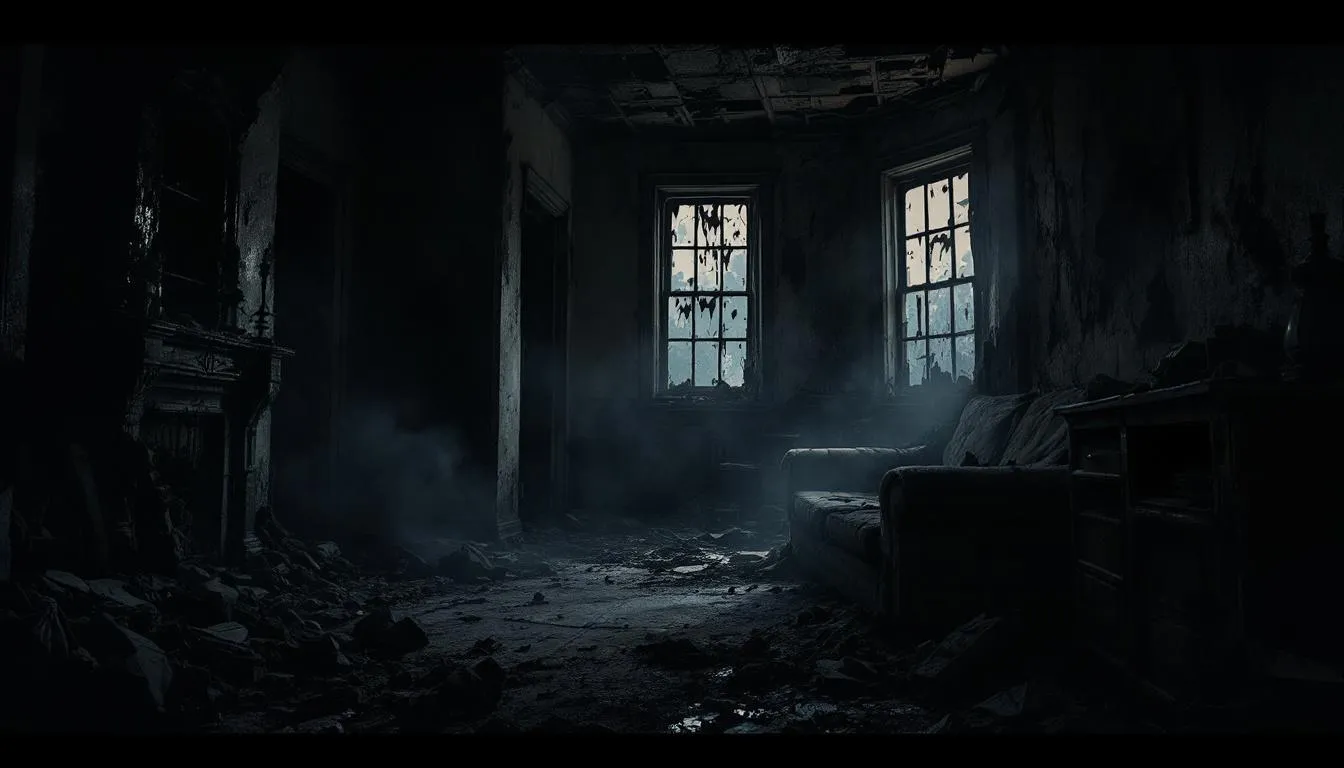
Smoke damage refers to the harm caused by smoke. It does not include damage from the fire directly. Flames and high temperatures from a fire are the initial causes of damage, generating smoke and heat that can destroy property and create hazardous conditions. It includes a range of issues such as corrosion, discoloration, and persistent smoke odors that can infiltrate various materials within your home, leading to structural weaknesses and health problems. Smoke leaves behind acidic residue, which accelerates corrosion and can damage surfaces and materials over time. The smoke particles and soot residue left behind can cause significant physical damage to your belongings and can even compromise the integrity of your home’s structure.
Untreated smoke damage can be devastating. Over time, it can lead to the destruction of a building’s structure and the items within it. Smoke can infiltrate HVAC systems, creating fire hazards and making it extremely difficult to remove the soot residue. Smoke also contains toxic components such as carbon monoxide, which can pose serious health risks if inhaled.
Recognizing the nature of smoke damage is crucial for effective restoration and protecting your health.
Types of Smoke Damage
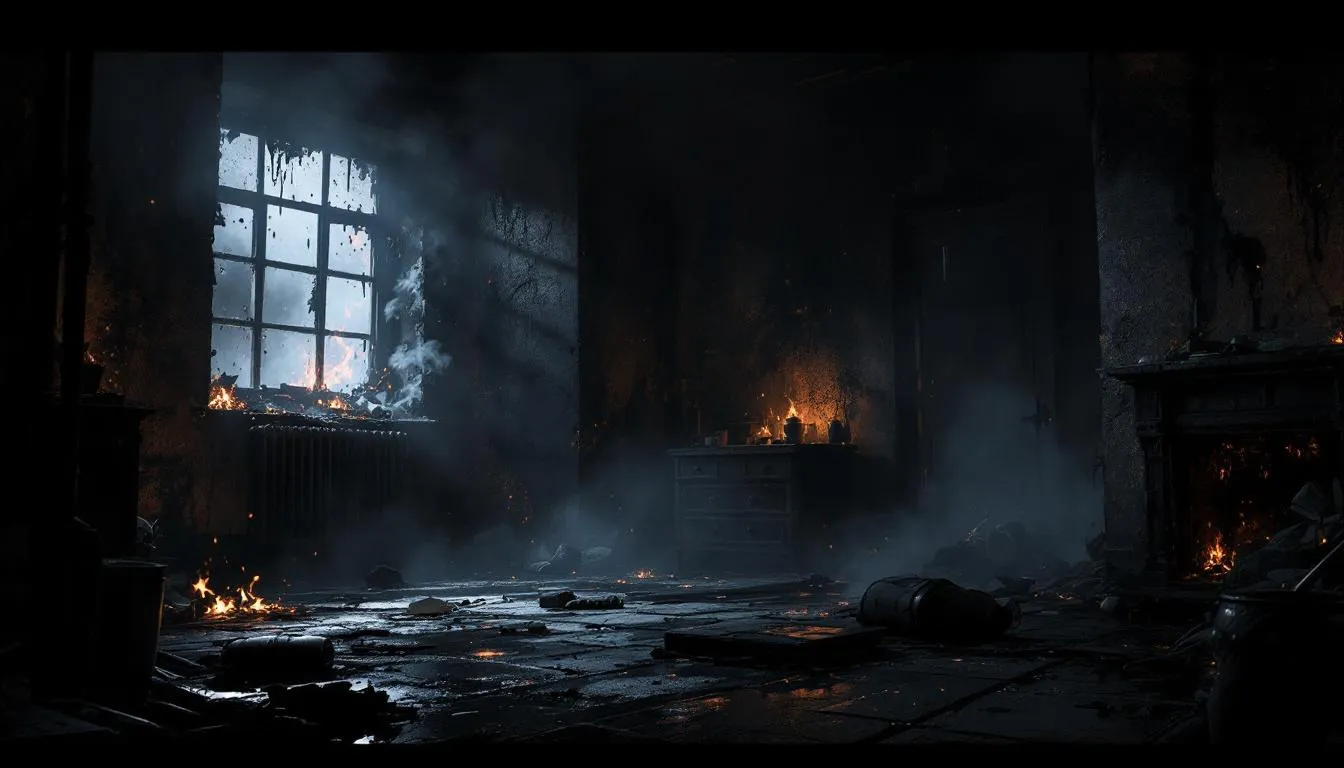
Smoke damage varies based on fire conditions and materials involved, directly affects both the cleanup process and the extent of the damage.
The primary types of smoke damage include dry smoke, wet smoke, and protein smoke.
Dry Smoke Damage
Dry smoke damage is caused by fires that reach high temperatures and typically involve materials like paper, wood, and structural elements of buildings. This type of smoke produces fine smoke particles that can penetrate deeply into porous materials, causing significant physical damage and persistent smoke odors.
A major concern with dry smoke is its infiltration of HVAC systems, creating fire hazards and reducing system efficiency. The fine, powdery soot from dry smoke is particularly challenging to clean, often requiring professional restoration services.
Wet Smoke Damage
Wet smoke damage comes from low-temperature fires. These fires often involve materials such as burnt plastic and rubber. This type of smoke creates a greasy, sticky residue that is especially difficult to clean. The low temperatures at which these fires burn mean that the smoke particles are heavier and more likely to cling to surfaces, causing more extensive discoloration and physical damage.
Wet smoke causes plastic surfaces to collect more smoke and discolor rapidly, complicating the cleanup process. Removing the greasy residue often requires professional intervention, underscoring the importance of smoke damage restoration for homes affected by wet smoke.
Protein Smoke Damage
Protein smoke damage is derived from burnt organic matter, such as food or other organic materials. This type of smoke is characterized by a strong, persistent odor that can be particularly challenging to eliminate. Protein smoke is different from both dry and wet smoke. It does not leave any visible stains or smears on hard surfaces.
Protein smoke, however, can significantly discolor paint surfaces and other porous materials, often leaving them permanently stained. The lack of visible residue makes it deceptively difficult to clean, often necessitating thorough and professional methods to eliminate the smoke odor.
Impact on Home Contents
Beyond structural harm, smoke damage can infiltrate and ruin nearly every item in your home. From furniture to electrical systems, the damage caused by smoke and the marshall fire can affect widespread and severe. Corrosive byproducts from smoke can damage electronics, appliances, and other sensitive items, leading to further deterioration.
Smoke particles can deeply penetrate household materials such as carpet, making thorough cleaning and deodorizing essential to prevent lingering odors and discoloration.
Professionals are often essential for assessing salvageable items and preventing further damage, ensuring your home is restored effectively. Let’s delve into how smoke damage impacts specific home contents.
Fabrics and Upholstery
Smoke and soot can cause rapid discoloration of fabrics like carpets, curtains, other fabrics, and upholstery. The fine particles of smoke can penetrate deeply into the fibers, causing lasting stains and persistent odors, which may lead to permanent discoloration. The extent of the damage can be so severe that professional cleaning services are often required to restore smoke damaged clothes to their original condition.
Materials react differently to smoke; hardwood floors and other materials floor wood surfaces, for example, can suffer extensive damage, including discoloration and structural weakening. Porous material can absorb smoke, leading to further complications.
Clothing and Bedding
Smoke particles and volatile organic compounds (VOCs) pose significant health risks, particularly for vulnerable groups such as pregnant women and older adults. Clothing and bedding can absorb smoke odors and smells become discolored rapidly, making them difficult to clean and often necessitating replacement. To effectively remove VOCs, it is essential to address these issues promptly.
When cleaning these items, it is essential to:
- Wear protective clothing and rubber gloves to avoid exposure to toxic substances.
- Use mild soap and an all-purpose cleaner to help with cleaning.
- Wear rubber gloves and consider professional cleaning services to ensure the items are safe and free from harmful residues.
Hard Surfaces
Hard surfaces like painted walls and hardwood floors are at risk of irreversible staining and weakening due to smoke exposure. Smoke can cause damage in several ways:
- Inflicting permanent damage on porous materials, affecting their aesthetics and structural integrity.
- The fine particles from dry smoke can infiltrate and damage electrical wiring.
- The fine particles can also damage HVAC systems.
These surfaces often require specialized cleaning techniques and products to remove smoke odor and restore the surface to their original condition. Regular maintenance and prompt cleaning help mitigate cleaning smoke damage effectively.
Health Risks of Smoke Damage
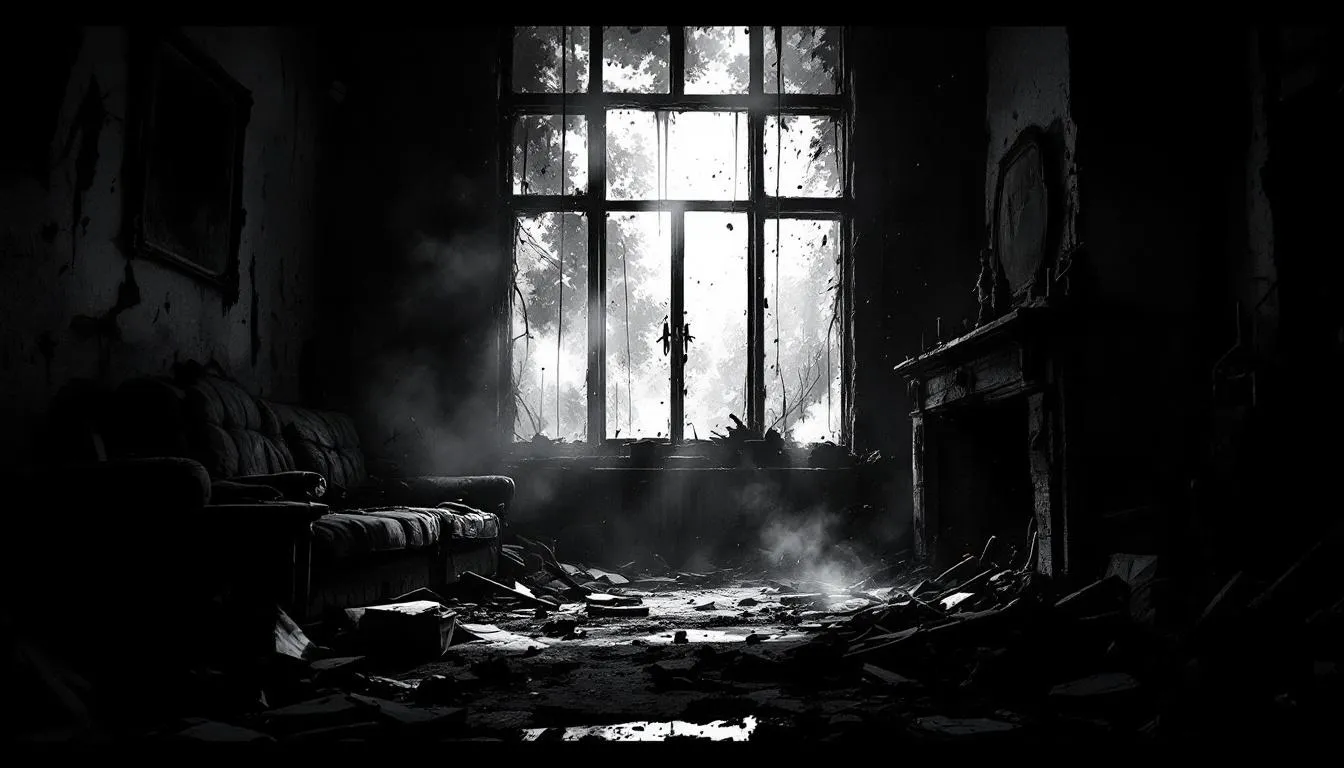
Smoke particles consist of a mix of soot, ash, and harmful chemicals that can settle on surfaces and penetrate porous materials, posing serious health risks. Inhaling smoke can cause respiratory issues and damage the lungs, as toxic particles and gases are absorbed deep into the respiratory system. Lingering fire smoke odors can trigger respiratory issues and allergies, making a smoke-damaged environment uncomfortable and potentially hazardous.
Exposure to soot carries serious health hazards, including an increased cancer risk. Volatile organic compounds (VOCs) released from smoke can cause long-term damage to organs such as the liver and kidneys. Exposure to smoke and soot can also irritate the skin, leading to rashes or other health issues. Vulnerable populations, such as children and individuals with pre-existing health conditions, are at an even greater risk of developing severe health issues due to smoke exposure, which has exposed them to harmful effects. Carbon monoxide, a toxic gas present in smoke, can cause serious health problems or even death if inhaled in high concentrations.
Cleaning and Restoration Tips
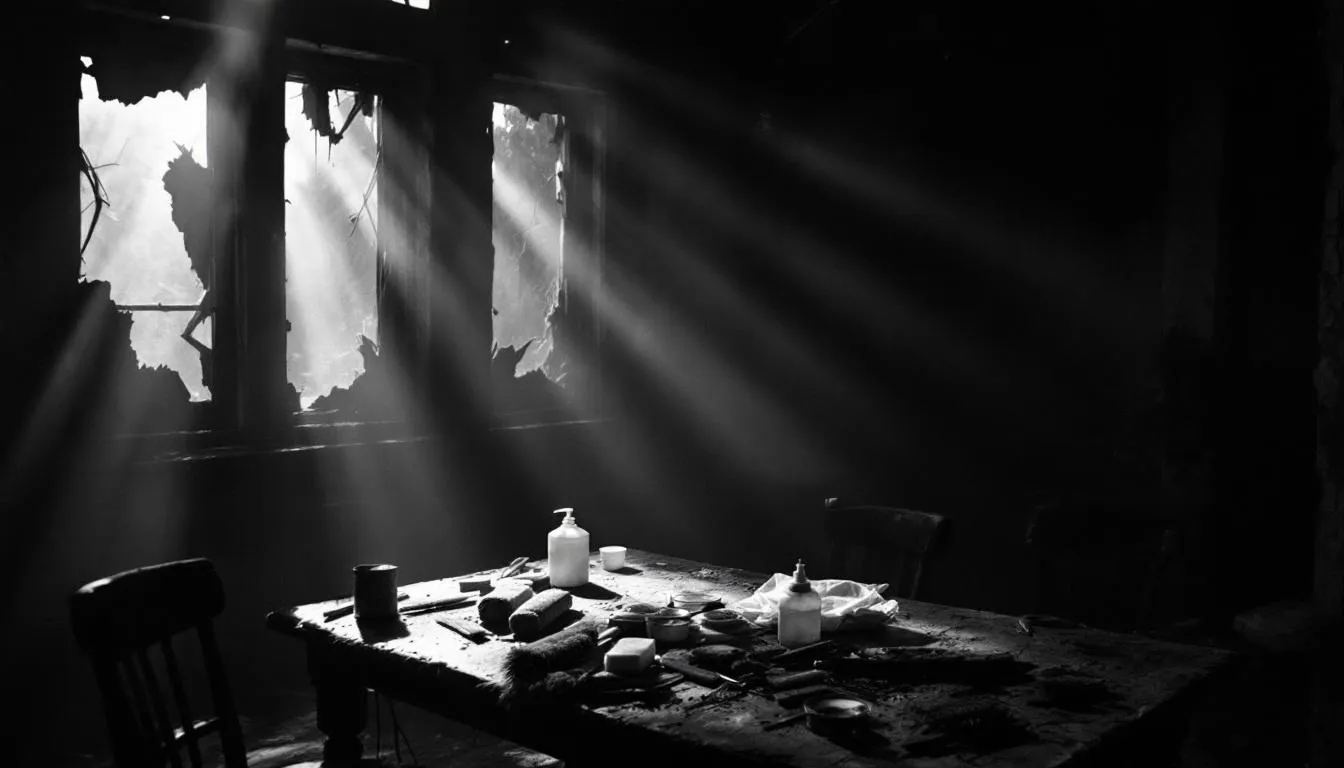
Acting quickly is crucial in smoke damage restoration. Starting the cleanup process promptly improves your chances of mitigating damage and restoring your home effectively.
One of the most persistent challenges after a fire is eliminating the smoke smell, which can linger in porous materials and be difficult to remove without specialized cleaning.
Let’s explore some essential tips and techniques for effective cleaning and restoration. Professional cleaning methods are often required to fully neutralize the smell and restore indoor air quality. Some cleaning processes are specifically designed to neutralize acids left behind by smoke, which helps prevent ongoing corrosion and damage to surfaces.
Safety Precautions
Safety precautions during smoke damage cleanup are vital to avoid health risks. These include:
- Wearing protective clothing and rubber gloves to shield yourself from toxic substances.
- Adhering to cleaning product instructions.
- Ensuring proper ventilation to further reduce risk.
Pregnant women and those with existing health conditions should avoid cleanup activities due to heightened risk. Prioritizing safety and seeking professional help when needed is always advisable.
Cleaning Techniques
Careful techniques are required to remove soot and ash from surfaces without causing further damage. Mild soap or detergent, or a mixture of trisodium phosphate and household cleaner, can effectively clean hard surfaces without harmful chemicals. Vacuum floors with HEPA filters helps to remove soot particles thoroughly and prevent them from becoming airborne again.
Recommendations for safe and effective cleanup:
- Avoid harsh chemical cleaners as they can introduce additional toxins.
- Use all-purpose cleaners that are both safe and effective.
- Ensure proper ventilation during cleanup to reduce indoor smoke particle concentration, and consider using chlorine bleach when necessary.
Professional Help
Certified restoration experts are equipped to handle the complexities of smoke damage cleanup and restoration. For severe smoke damage, professional help is essential for thorough cleaning and restoration. Professionals possess the expertise and equipment to address both visible and hidden smoke damage, preventing long-term issues like health risks and structural damage.
Professional help:
- Saves time
- Ensures your home is safely and effectively restored to its original condition
- Assists with documenting damage for insurance claims, easing the process
Salvaging Belongings
Photographing damage and keeping an inventory of affected items are crucial for insurance claims. Restoration experts can assess salvageable items and guide you through cleaning and restoration.
Hard objects like hardwood floors, countertops, and appliances withstand smoke damage better and are more likely to be salvaged. However, many plastics, PVCs, and metals usually need replacement due to extensive damage.
Professional guidance is invaluable for determining what can be saved and ensuring thorough and safe cleanup.
Preventing Future Smoke Damage
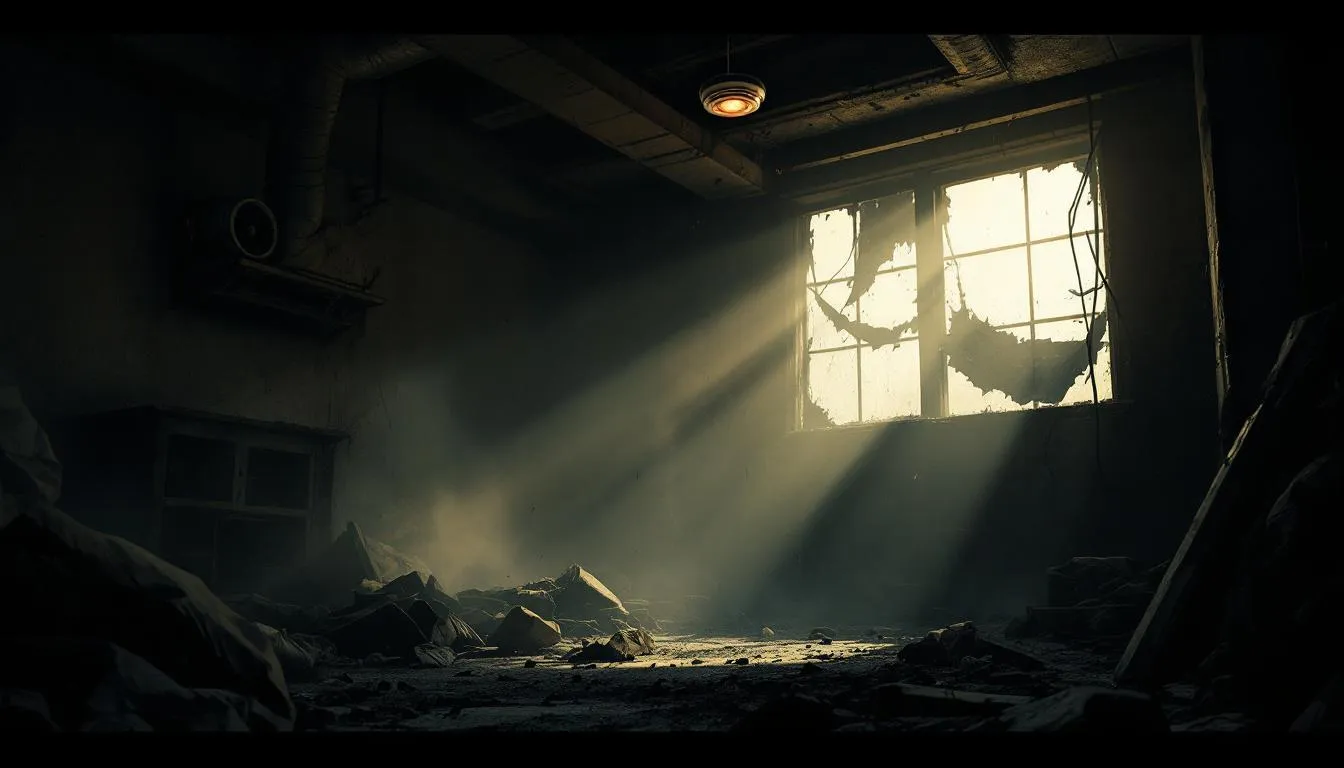
Several proactive measures can help prevent future smoke damage:
- Use portable air cleaners with HEPA and activated carbon filters to minimize indoor smoke particles and odors.
- Perform regular HVAC maintenance.
- Install carbon filters to effectively remove smoke odors.
Changing HVAC filters to a higher MERV rating regularly helps capture smaller smoke particles, improving air quality. Choosing fire-resistant building materials and furnishings can significantly reduce smoke damage risk in homes. Regularly changing the hvac filter can also enhance this process.
Summary
In summary, understanding the nature of smoke damage and its various types is crucial for effective restoration and health protection. From the impact on home contents to the health risks associated with smoke particles, the consequences can be severe and long-lasting. Timely and effective cleaning and restoration, including professional help, are essential for mitigating damage and ensuring safety.
By taking proactive measures to prevent future smoke damage, such as using air purifiers and choosing fire-resistant materials, you can protect your home and health from the devastating effects of smoke. Remember, the key to overcoming smoke damage lies in prompt action, thorough cleaning, and professional support. Let’s turn the page on smoke damage and reclaim our homes and health.
Frequently Asked Questions
What is smoke damage?
Smoke damage encompasses the physical harm caused by smoke, including corrosion, discoloration, lingering odors, and potential structural weaknesses. It’s crucial to address these issues promptly to prevent further deterioration.
What are the types of smoke damage?
The main types of smoke damage are dry smoke, wet smoke, and protein smoke, each presenting unique characteristics and cleaning challenges that require specific approaches for effective remediation.
How does smoke damage affect health?
Smoke damage can have significant health effects, leading to respiratory issues, allergies, and potential long-term organ damage, particularly in vulnerable populations. It is essential to be aware of these risks to protect your health.
What are some effective cleaning techniques for smoke damage?
To effectively clean smoke damage, utilize mild soap or detergent along with a vacuum equipped with HEPA filters, and ensure proper ventilation throughout the area. These techniques will help minimize smoke odors and restore cleanliness.
Why is professional help important for smoke damage restoration?
Professional help is crucial for smoke damage restoration as experts possess the necessary skills and specialized equipment to effectively address complex cleanup, mitigating health risks and preventing structural damage. Engaging professionals ensures a thorough restoration process.


